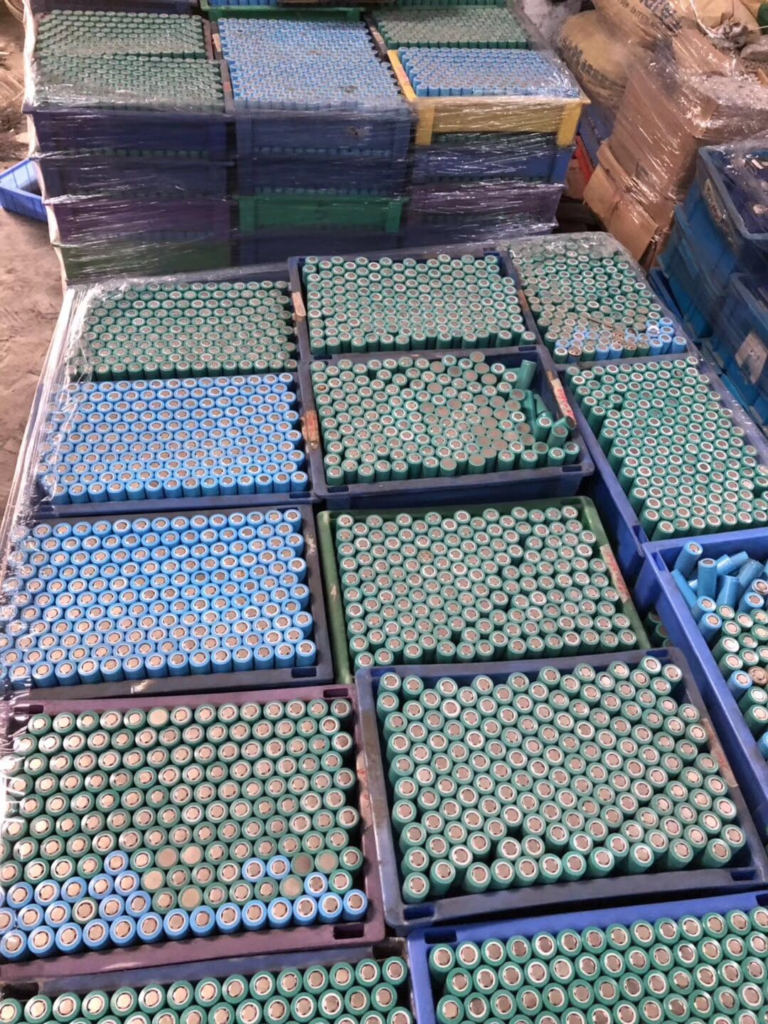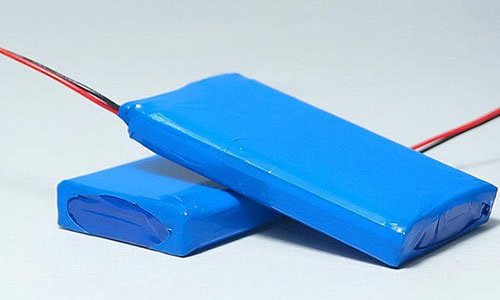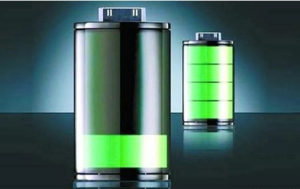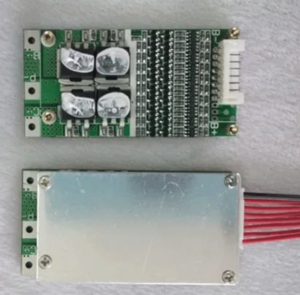Lithium batteries are a common rechargeable battery widely used in mobile devices, electric vehicles, and energy storage systems. In the manufacturing process of lithium batteries, primary batteries and secondary batteries are two different concepts. This article will detail the differences between primary and secondary batteries.

1. Definition of primary battery and secondary battery
1. Primary battery: A primary battery, also known as a non-rechargeable battery, refers to a battery that can only be used once and cannot be recharged. Primary batteries usually use non-reversible chemical reactions. After the battery is discharged, the reactants cannot be regenerated and therefore cannot be used again.
2. Secondary battery: A secondary battery, also known as a rechargeable battery, refers to a battery that can be recharged to restore energy storage and be used again. Secondary batteries usually use reversible chemical reactions to restore the reactants to their original state by applying an electric current, thereby allowing the battery to be recharged and used.
2. Structure and composition
1. Primary battery: A primary battery usually consists of a positive electrode, a negative electrode, an electrolyte and a separator. The positive electrode usually uses metal oxide or halide, and the negative electrode usually uses metal or alloy. Electrolytes are usually liquid or solid and are used for ion transport. The separator is used to isolate the positive and negative electrodes to prevent short circuits.
2. Secondary battery: The structure and composition of secondary batteries are similar to primary batteries, including positive electrodes, negative electrodes, electrolytes and separators. However, the materials and designs of secondary batteries are more complex to achieve rechargeable performance. The cathode material is usually a lithium compound, such as lithium iron phosphate (LiFePO4) or lithium cobalt oxide (LiCoO2). The negative electrode material is usually a carbon material such as graphite. The electrolyte is usually an organic solution or polymer gel used for the transport of lithium ions.
3. Working principle
1. Primary battery: The working principle of a primary battery is to convert chemical energy into electrical energy through a non-reversible chemical reaction. During the discharge process, a chemical reaction between the positive and negative electrodes produces a flow of electrons, thereby producing an electric current. After a primary battery is discharged, the reactants cannot be regenerated and therefore cannot be used again.
2. Secondary batteries: The working principle of secondary batteries is to convert chemical energy into electrical energy through reversible chemical reactions, and to convert electrical energy into chemical energy during the charging process. During the discharge process, a chemical reaction between the positive and negative electrodes produces a flow of electrons, thereby producing an electric current. During charging, the current is reversed, returning the reactants to their original state to store electrical energy.
4. Charge and discharge performance
1. Primary battery: Primary battery usually has low charge and discharge performance and limited capacity. Primary batteries are usually designed for one-time use and therefore have lower capacity and cycle life requirements.
2. Secondary battery: The secondary battery has good charge and discharge performance, large capacity and can be repeatedly charged and discharged many times. Secondary batteries are usually designed to be rechargeable and have high capacity and cycle life requirements.
5. Environmental impact
1. Primary batteries: Primary batteries usually contain harmful substances, such as heavy metals and acids and alkalis, which cause pollution to the environment. Primary batteries usually require special handling after use to prevent the leakage of harmful substances.
2. Secondary batteries: Secondary batteries usually do not contain harmful substances and have little impact on the environment. Secondary batteries can be reused, reducing the consumption of natural resources and being more environmentally friendly.
To sum up, there are obvious differences between primary batteries and secondary batteries in terms of definition, structure, working principle, charge and discharge performance and environmental impact.





